Weekly Tech Recap - № 175 - BASIC Engine, Model 3 production, Cheetah 3, Samsung bug, Amazon big toys book
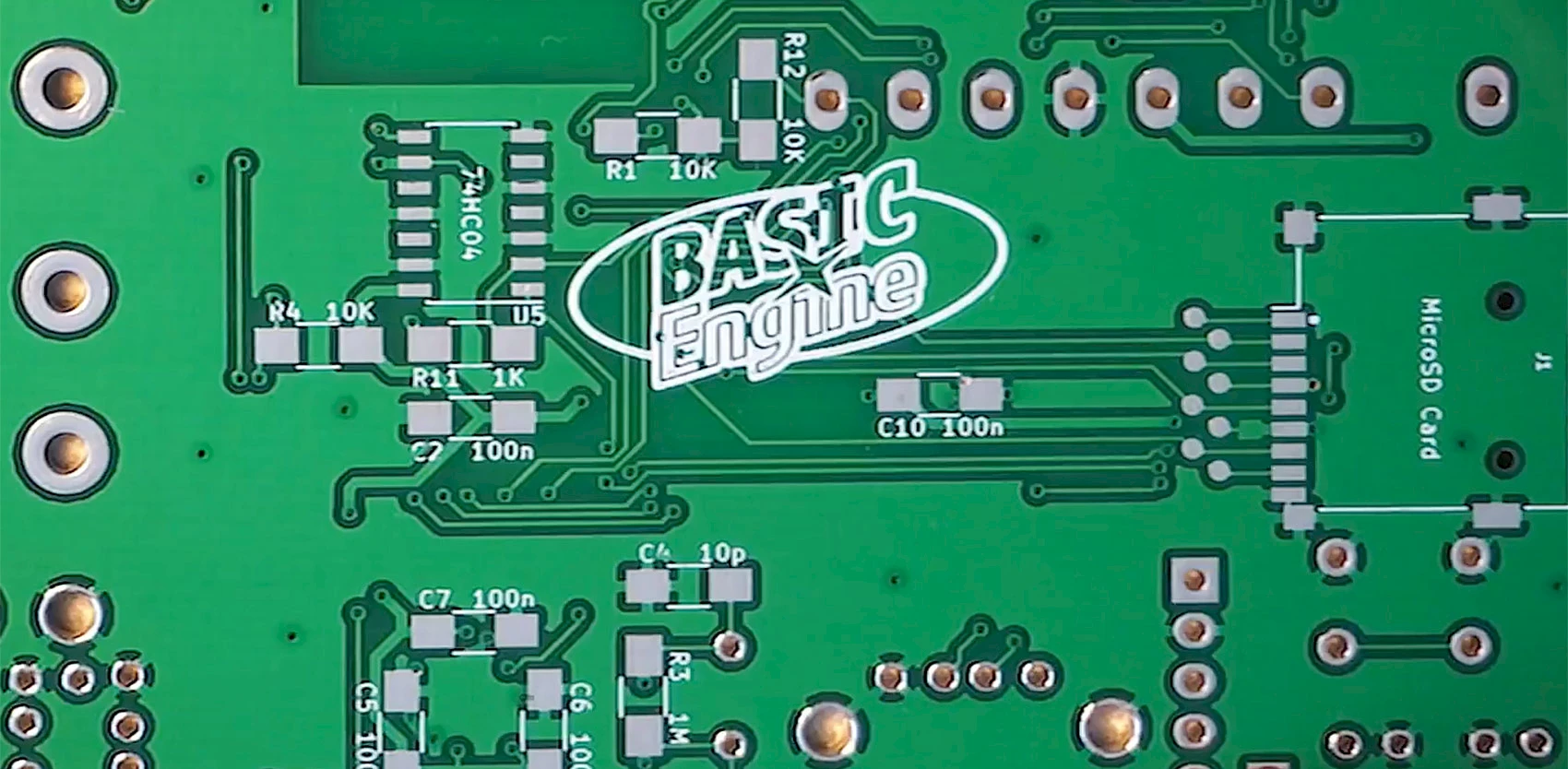
BASIC Engine
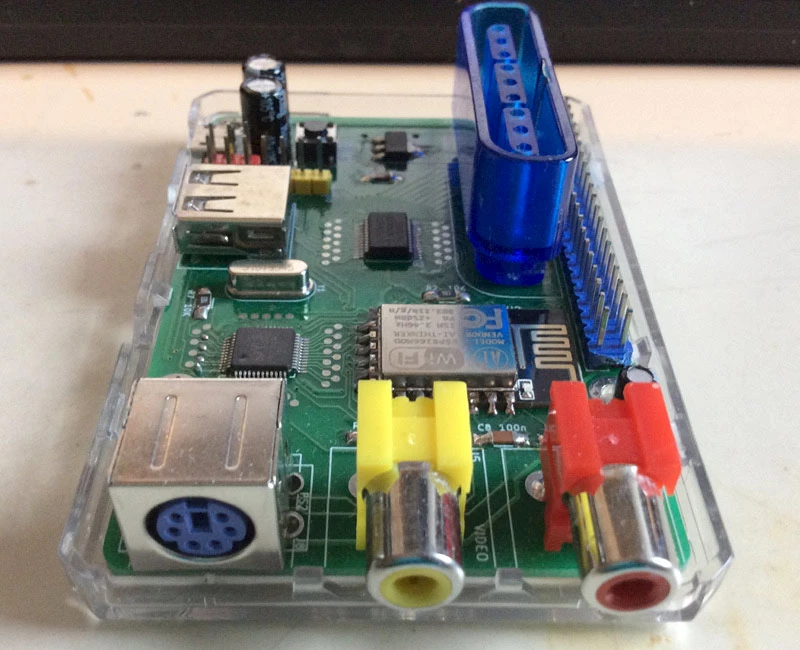
BASIC Engine. © Basicengine.org.
The BASIC Engine is an open-source single-board nanocomputer the size of a Raspberry Pi, with functions based on PCs from the late 80s and early 90s, that will tickle those who yearn for that time and all things retro. It connects to a monitor or a PAL/NTSC television screen with an RCA cable (forget about HDMI), and displays 508x240 pixels with a 256 colour palette. The BASIC Engine has connections for a PS/2 keyboard and a PlayStation controller. In terms of software, of note is the BASIC interpreter with a Commodore-type editor and an Infocom Z-Code interpreter. You can create fantastic old-school animations using sprites (up to 32 sprites with 32x32 pixels), and there’s about 63 KB worth of memory for programs. In terms of sound power, there’s a 5-bit digital audio, and a wavetable synthesizer based on SoundFont.
Unfortunately, you can’t actually buy this computer for now, but you can build one with about US$20 worth of components and a little soldering skill. A Gerber file is available on GitHub, which allows you to order the custom motherboard (US$4.90 from Smart Prototyping, among others).
Over 5,000 Model 3s built in a week
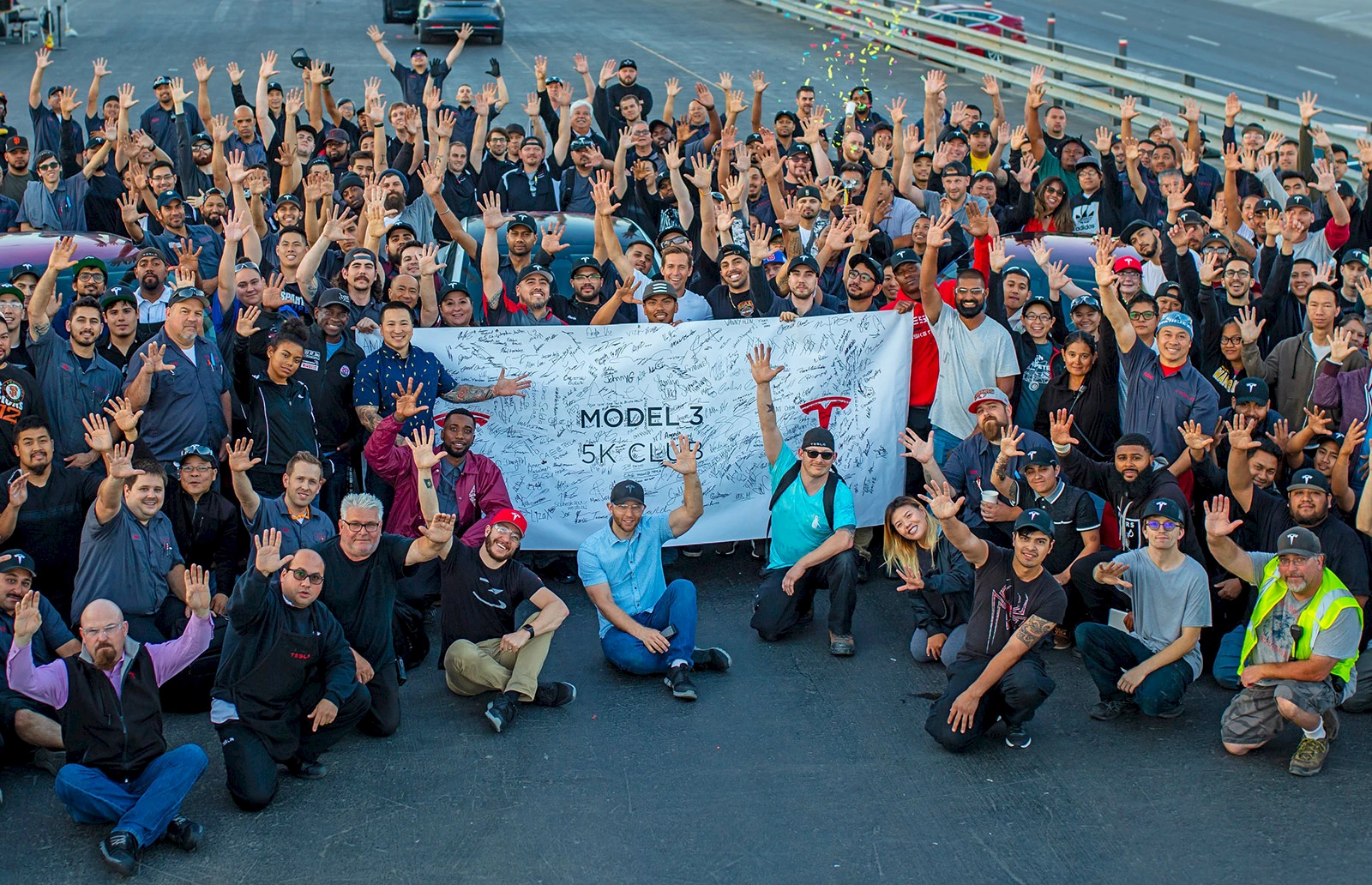
Tesla team celebrates production milestone. © Tesla.
Tesla announced that in the second quarter, it produced 53,339 vehicles, an increase of 55% over the first quarter. For the first time, production of Model 3s edged higher than the combined totals of the S and X models (28,578 vs. 24,761); the company’s production numbers for the Model 3 are three times higher than in the first quarter. In addition, Tesla finally hit the 5,000-unit mark, with 5,031 cars rolling off assembly lines on the last week of June (last July, Elon Musk had predicted Tesla would produce 5,000 Model 3s per week by December). The company hopes to increase production to 6,000 per week by the end of August. To compare, Ford produces about 12,000 vehicles a day. Reservations for the Model 3 at the end of June were still about 420,000, even though 28,386 have been delivered to date.
Tesla’s transformation from small, luxury car-maker to a mass producer is a key component of Musk’s vision of a future where transportation is completely electric. From delivery delays to voluntary recalls, through company reorganization and skyrocketing costs, that transition has been a rocky one so far.
⇨ Tesla, “Tesla Q2 2018 vehicle production and deliveries.”
⇨ Ars Technica, “Tesla nearly triples Model 3 production from the previous quarter.”
Four-legged blind robot
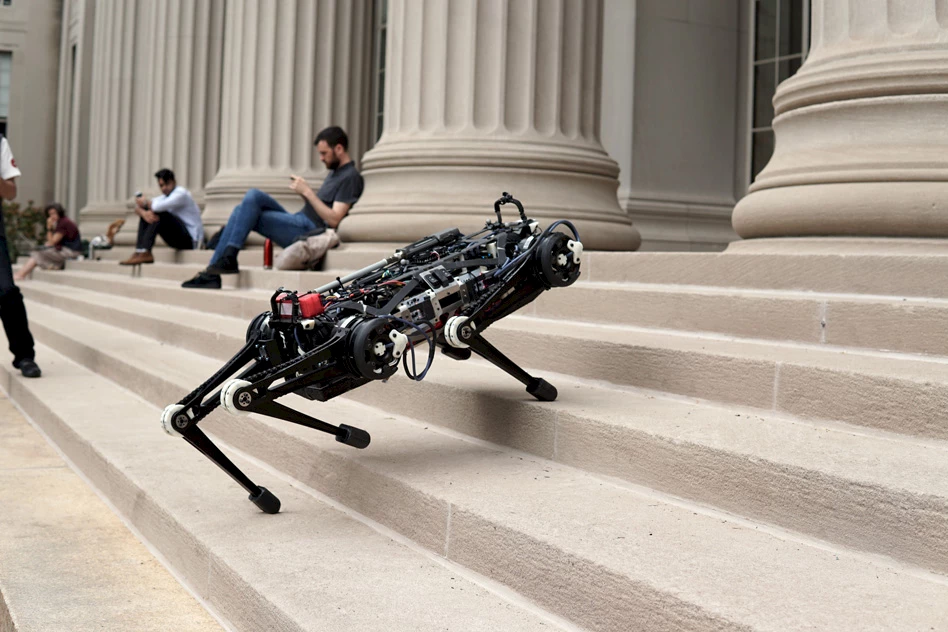
Robot Cheetah 3. © MIT Biomimetics Robotics Lab.
There’s competition for Boston Dynamics’ SpotMini…Today, MIT presented the Cheetah 3, a 40kg, four-legged robot similar to SpotMini. The major difference between the two robots is that the Cheetah 3 has no cameras to steer itself; it’s blind. It doesn’t even have environmental sensors, something that’s pretty much standard among its contemporaries. That said, it can still take care of itself quite well, thank you very much – it can climb stairs and hop onto a table. Its secret is a group of sensors that can detect contacts. Powerful algorithms are used to give the bot a way to map out surfaces as well as obstacles. You could, in a sense, call it a “sensory” kind of robot. The Cheetah 3 was mainly designed to explore hostile environments that are hard or impossible for humans to access. If you wonder about the usefulness of a sightless robot, think of the sighted robot that that was sent into Fukushima’s central reactor in 2017: it had to abort its mission after only two hours because its camera was roasted by radiation of 650 Sv/h.
⇨ MIT News, “‘Blind’ Cheetah 3 robot can climb stairs littered with obstacles.”
⇨ The Verge, “MIT’s Cheetah 3 robot can run up stairs without watching its steps.”
Samsung sharing pics without permission
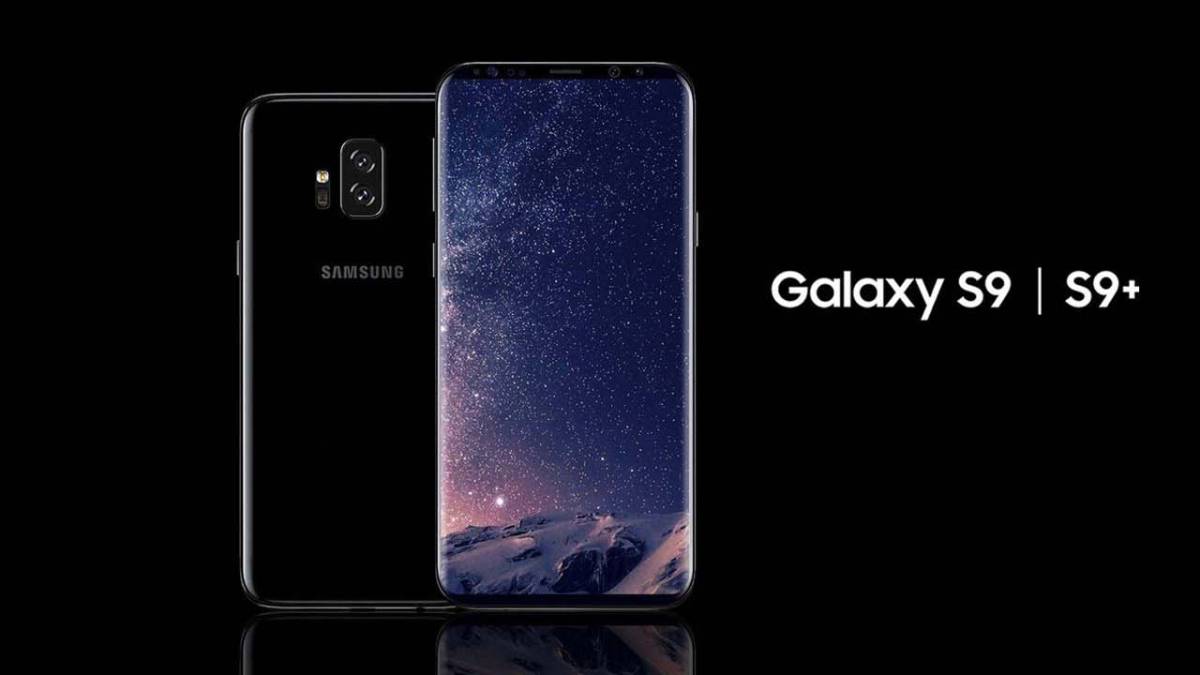
Galaxy S9 and S9+. © Samsung.
Samsung smartphones are no longer spontaneously combusting, but another weird and disturbing quirk has arisen: some users have had their pictures randomly sent to others. According to complaints on Reddit and on official Samsung forums, several Samsung phone users, including those with recent models like the Galaxy Note 8 and Galaxy S9, have reported having this upsetting experience. The problem seems to stem from Samsung Messages, the default application on Galaxy devices, which, for reasons unknown, mistakenly sends images stored on devices to random contacts. One Reddit user even said that Samsung Messages, not content with sending one photo, sent an entire photo gallery to a contact. Imagine some of your (very) private photos sent to your Mum, your boss, or a business partner... it’s enough to give you chills. One of the most disturbing things about this bug is that the user doesn’t receive any notification that their photos were shared, meaning they have no clue that their pictures are out there.
⇨ Circuit Breaker, “Samsung phones are spontaneously texting users’ photos to random contacts without their permission.”
Amazon, from digital to…hard copy

Amazon big toys book (photomontage).
What is old is new again, at least if you ask Amazon. After the demise of the Toys ‘R Us chain, the online retailer is stepping up to try to fill the void. This holiday season, the e retail giant is releasing a massive old-fashioned hard copy toy catalogue, which will be sent to “millions” of its customers, and available for free at Whole Foods stores. The move comes after a series of reports in Bloomberg, stating Amazon had “considered” buying the now-defunct toy chain. No confirmation if or how prices will be listed in the catalogue, something which may be tricky considering the site’s reliance on dynamic pricing and deals exclusively for Prime members.
⇨ Ars Technica, “Report: Amazon will publish toy catalog this holiday to fill Toys ‘R Us void.”
